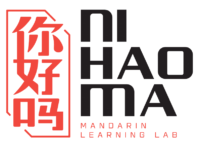The Transformative Effect of the Flipped Classroom Model
With the development and spread of educational technologies, educators are embracing a new methodology that is revolutionizing the way students learn language- the Flipped Classroom Model. This modern approach challenges the traditional classroom organization by flipping the order of the learning process, incorporating online learning with on-site classroom instruction. As more and more educators strive to find effective ways to teach language, the flipped classroom has emerged as a promising approach.
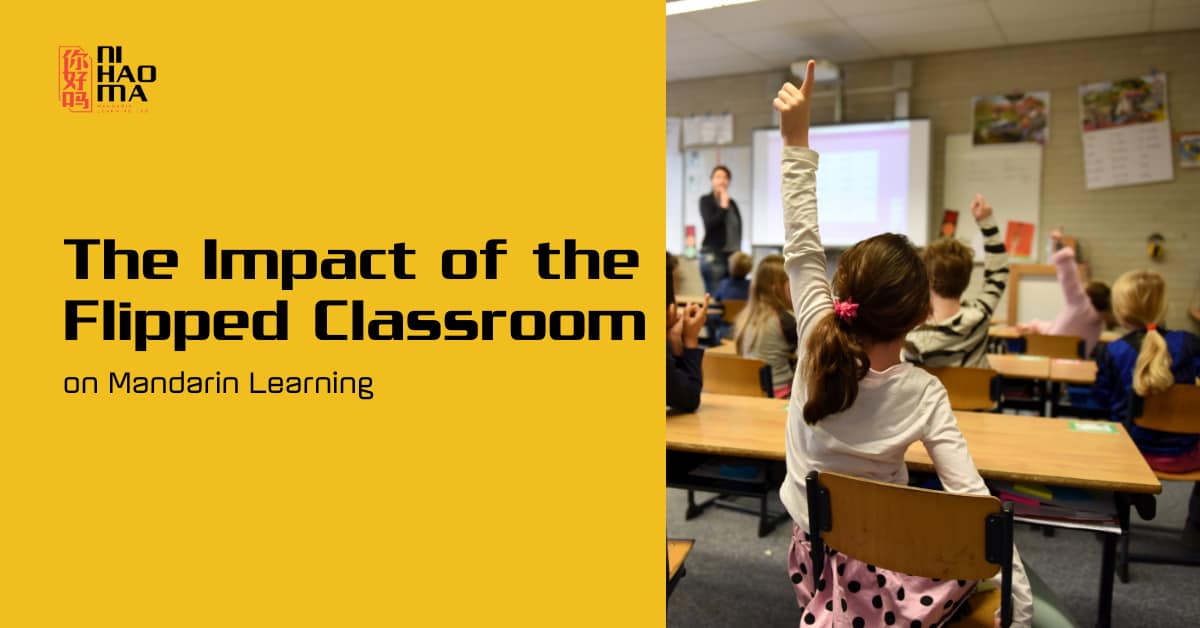
The Evolution of the Flipped Classroom Model
The flipped classroom model can be traced back to the early 2000s when educators wanted to create a more efficient and engaging way of teaching and began experimenting with reversing the traditional order of the learning process. Educators observed that students benefited more from instruction that encouraged higher-order thinking skills such as analyzing, evaluating, and creating which promoted deeper learning and understanding. Yet the traditional classroom model often spends more time on lower-order thinking skills such as memorizing or understanding and leaves less time for the application of the concepts being taught. Even though higher-order thinking skills focus on the application of concepts learned, lower-order thinking skills like memorization create the foundation for learning.
So with the rise of online platforms and digital resources, educators created a blended flipped learning approach in which students are assigned interactive language practice, pre-recorded videos, and online materials of lectures and demonstrations as homework. Thereafter, in-class sessions can be useful to expand on the topics with the guidance of the teacher. In this manner, students arrive to class with a foundational understanding of the new information and engage in collaborative activities, discussions, and practical applications that will deepen their learning and aid in long-term retention.
Over the years, the flipped classroom model has become even more appealing, accessible, and widespread, particularly among language teachers. The approach reinforces learning through interactive tasks and exercises aimed at enhancing comprehension. The goal for students learning a new language is to master the language well enough to apply it in situations beyond the classroom. Language educators realized that through the flipped classroom model, students have more opportunities to engage closely with their teachers and peers to develop higher-order thinking skills in the language which will allow for better application in the future.
The Benefits of the Flipped Classroom in Mandarin Language Acquisition
In recent years, the flipped classroom model has emerged as a preferred method for teaching Mandarin Chinese, offering various advantages.
- The flipped classroom model allows for flexibility and adapts to the diversity of the classroom. As students have the freedom to access online resources, they choose when and where to study, making it easier to fit language learning into their busy schedules. With the materials readily available online, students have the opportunity to choose the content at their convenience. This student-centered approach allows for a more personalized learning experience, as students can also focus on the areas they struggle with the most. Students can watch and rewatch videos or practice speaking with a modeled recording.
- The flipped classroom model fosters a deeper understanding and lasting retention of the language. As students have already interacted with the material at home, they attend class with the basic information they already learned. Students can use class time to apply their understanding and seek clarifications as the teachers are available to facilitate discussions and guide learning.
- The flipped classroom model focuses on intentional content selection which greatly enhances the language learning experience. Teachers carefully design relevant material and resources that cater to the individual needs and learning goals of the students. In-class discussions or group-based activities allow for guided language practice, while flipping the teacher, when the students become the instructor, can have students demonstrate their proficiency in a lesson.
- The flipped classroom model relies heavily on dedicated teachers who observe their students, evaluate them, and give continuous feedback. Teachers take on the role of the facilitator and seek to connect with their students. They encourage interaction among the students to improve the student’s communication skills and create a collaborative atmosphere.
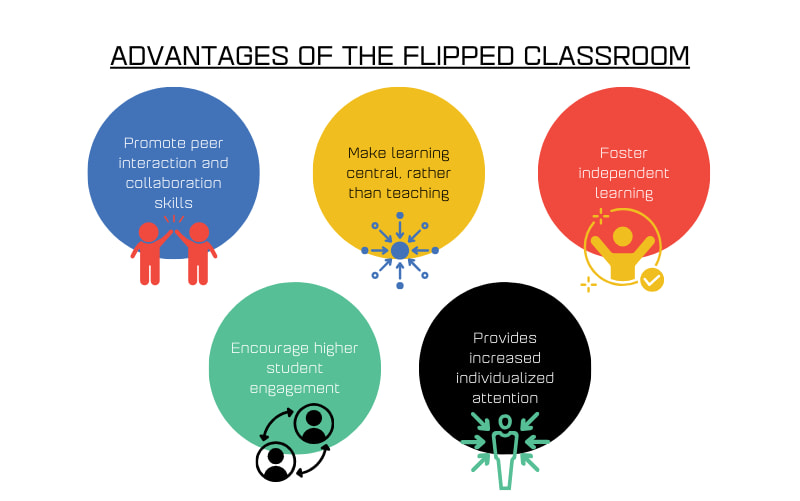
Flipping the Classroom at Ni Hao Ma – Mandarin Learning Lab
Ni Hao Ma – Mandarin Learning Lab offers students the freedom to explore and discover independently, and at their own pace, our library of online language resources meticulously designed by our curriculum team. They can practice pronunciation with modeled recordings, work on listening comprehension or writing exercises, and learn new vocabulary through interactive modules before attending class. As a student-centered approach, our teachers are dedicated to addressing individual student needs and clarifying doubts. During in-class sessions, our experienced native Chinese teachers facilitate interactive discussions, focusing on language application, conversation practice, and cultural nuances. In addition, the flipped classroom approach allows more class time for project-based learning which offers engaging real-world scenarios for students to apply their language skills.
By fostering active engagement and active learning in a flipped classroom, students can develop linguistic proficiency, cultural fluency, and critical thinking skills necessary for success in a global context. The intentional use of multimedia resources, interactive exercises, and flexible spaces for collaboration creates a dynamic learning environment where students can explore and immerse themselves in the language in meaningful ways.
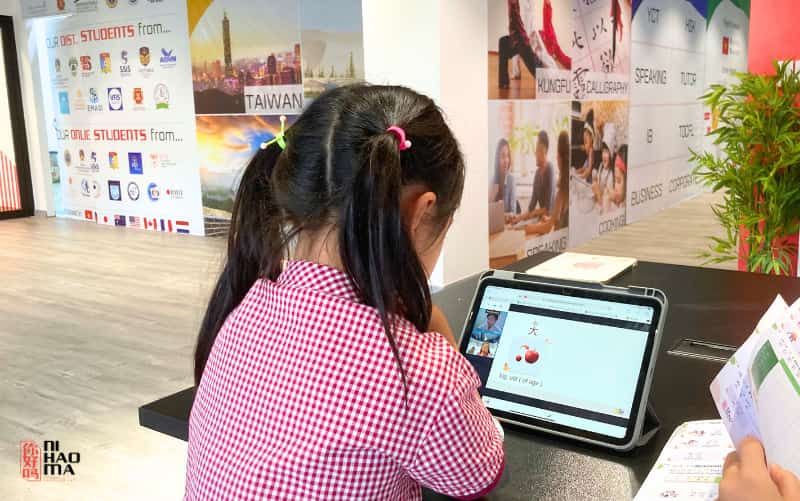
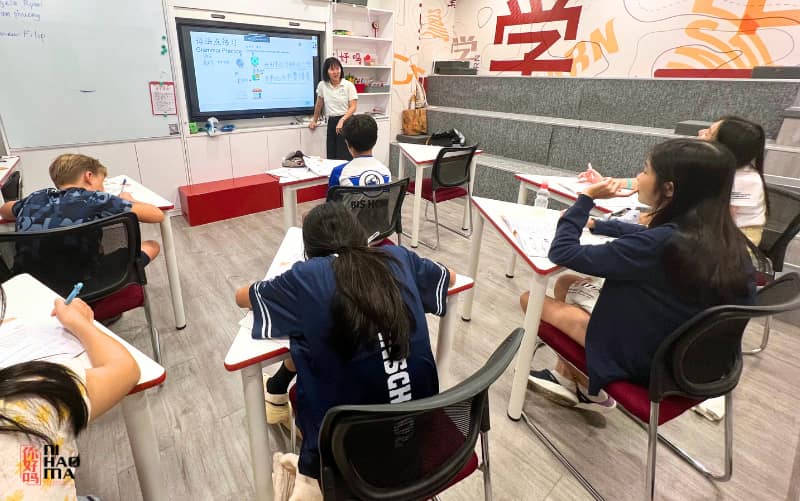
Ni Hao Ma – Mandarin Learning Lab classes offer students a transformative language learning experience that blends traditional teaching with innovative methodologies. To experience the Flipped Classroom Model firsthand, consider joining classes at Ni Hao Ma – Mandarin Learning Lab – empowering students to explore, learn, and excel in their educational journey.
